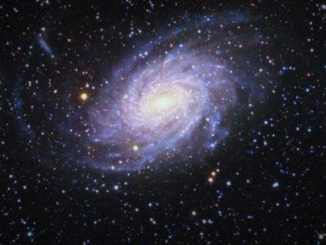
dwarf galaxies

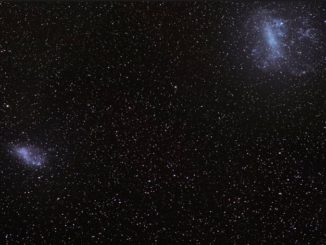
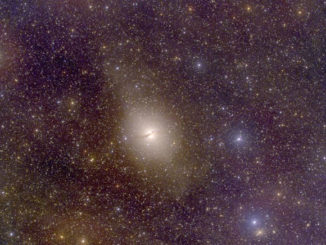

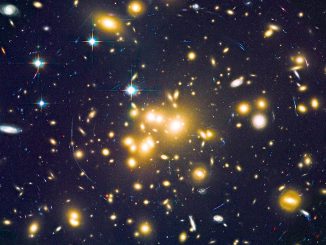
Large number of dwarf galaxies discovered in the early universe
Researchers have found a large population of distant dwarf galaxies that could reveal important details about a productive period of star formation in the universe billions of years ago. It is believed that dwarf galaxies played a significant role during the so-called reionisation era in transforming the dark early universe into one that is bright, ionised and transparent.
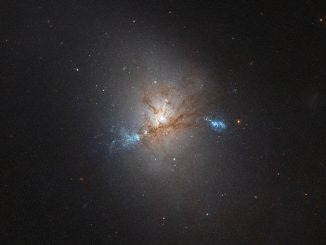
Hubble captures a galactic cannibal
This NASA/ESA Hubble Space Telescope image reveals NGC 1222, a galaxy with a rather eventful story to tell. NGC 1222 has been described as a peculiar example of a so-called lenticular galaxy, but one that exhibits very recent star formation on a huge scale — an event known as a starburst — due to having recently consumed two dwarf galaxies.
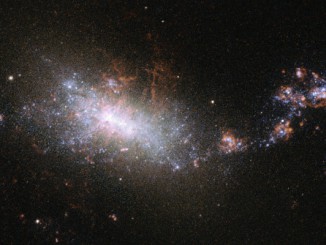
Dark matter satellites trigger massive birth of stars
Astronomers have used computer simulations based on theoretical models to explain massive star formation observed in dwarf galaxies. Researchers in the US and the Netherlands found that during a dark matter satellite’s closest approach to a dwarf galaxy, through gravity it compresses the gas in the dwarf, triggering significant episodes of starbursts.

Hubble sees starburst in the maelstrom of a galactic merger
This Hubble image is of the peculiar galaxy NGC 1487, lying about 30 million light-years away. We are witnessing the possible merger of several dwarf galaxies into a new single galaxy. Its appearance is dominated by large areas of bright blue stars, illuminating the patches of gas that gave them life. This burst of star formation may well have been triggered by the merger.

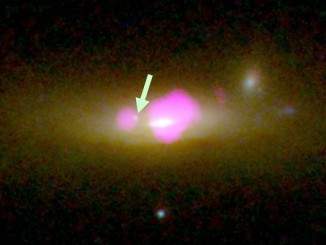
Galactic merger reveals an unusual black hole that has shed its stars
In this season of post-Christmas gym memberships, black holes have shown that they too can lose a lot of the weight of the stars that surround them. One unusually star-deprived black hole at the site of two merged galaxies could provide new insight into black hole evolution and behaviour, according to observations with the Hubble Space Telescope and Chandra X-ray Observatory.
